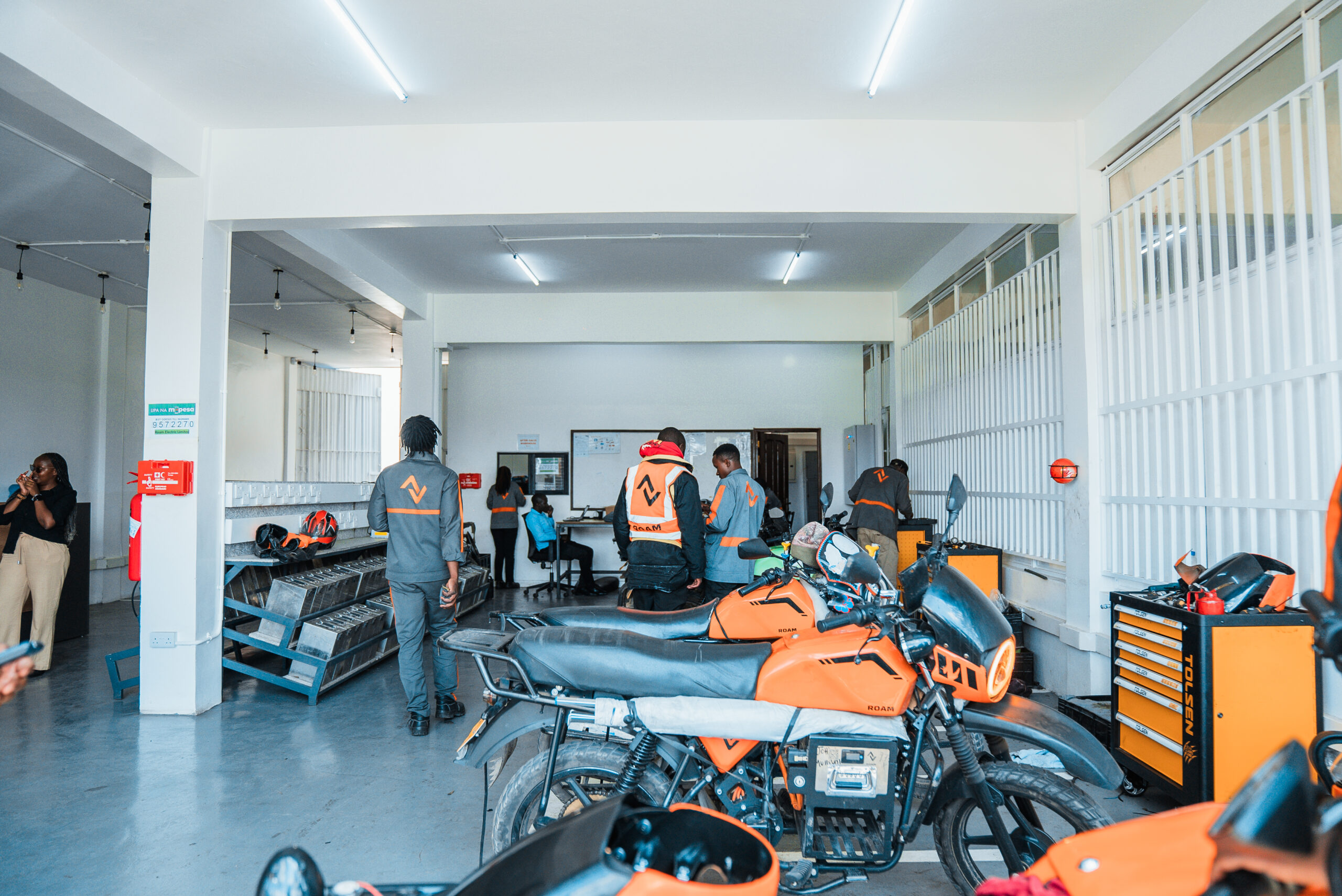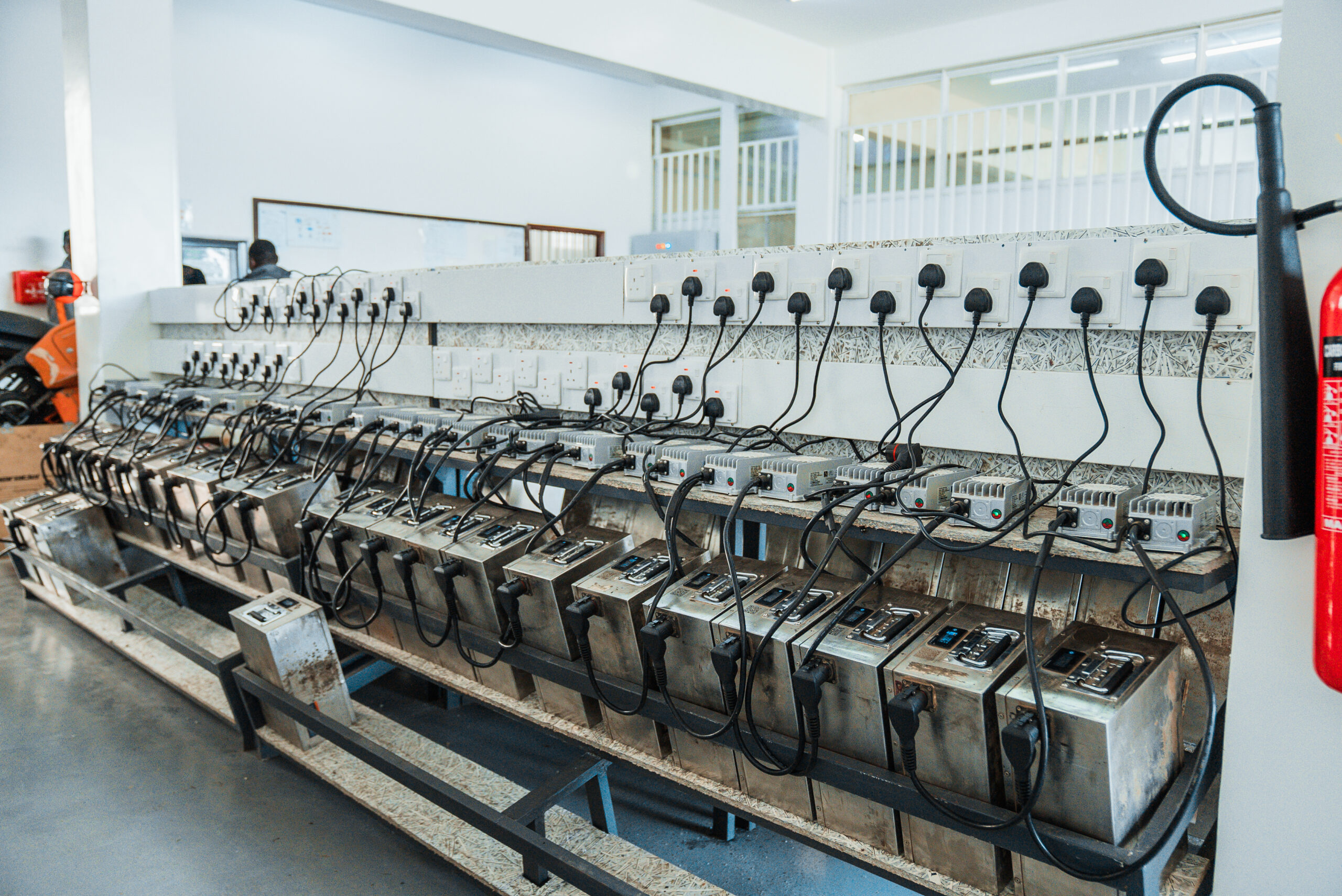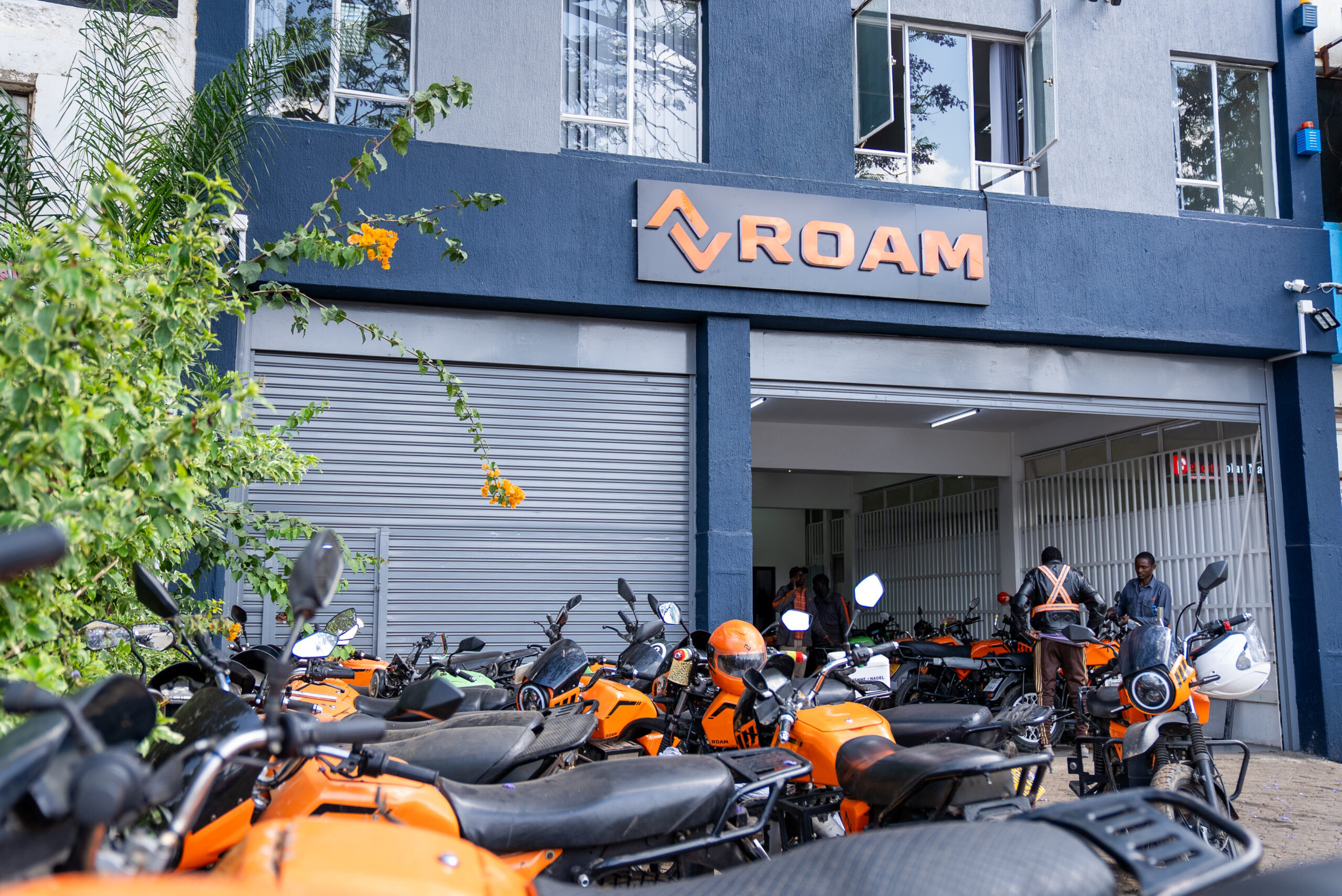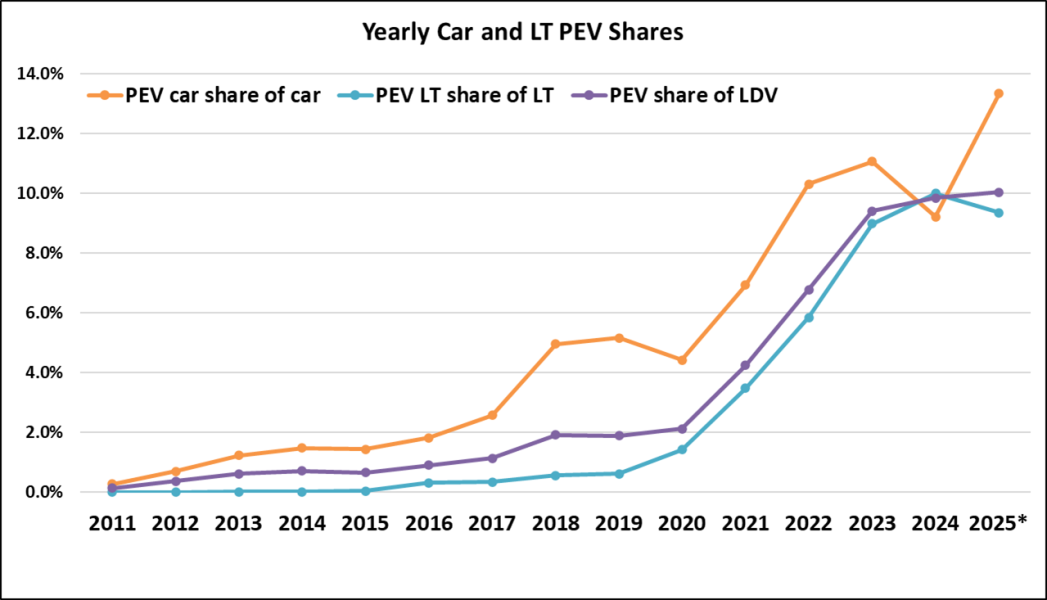Support CleanTechnica’s work through a Substack subscription or on Stripe.
There was a startling decline in the sales of new motorcycles in Kenya, from a peak of 285,203 motorcycles sold in 2021 to just 68,804 in 2024. At the time, these were mostly ICE motorcycles. This huge drop in sales has been attributed to lower consumer purchasing power, which has reduced the daily utilization of boda bodas in Kenya, and consequently also reduced the daily unit profitability for motorcycle taxis due to higher fuel costs in recent times. Other factors include higher financing costs on top of increased sticker prices for some models at the time, due to external shocks such as currency devaluation.
In a recent update, one of the major players in Kenya’s motorcycle sector, Car & General said motorcycle sales in Kenya have grown to an average of 7,000 motorcycles per month in 2025, from an average of 4,600 units per month in 2024. So the market is now starting to bounce back as fuel prices have fallen and stabilized a bit since then. The Kenya Shilling has also strengthened to “normal levels” of around 129 to the dollar from 157 in December 2023. Another factor driving increasing motorcycle sales in Kenya is the surge in adoption of electric motorcycles as several players in this space such as Arc Ride, Roam, Ampersand, and Spiro ramp up deliveries of their electric motorcycles. Some reports suggest that electric motorcycle sales in Kenya now make up around 30% of monthly motorcycle sales. We will look for official figures and share them as soon as we have them.
Adoption is being driven by the fact that riders in Kenya’s motorcycle taxi industry, famously known as boda bodas, are starting to warm up to electric mobility thanks to lower total cost of ownership associated with electric mobility. This lower TCO increases their savings on a daily basis. Financiers of motorcycles such as M-Kopa, MOGO, and Watu, as well as traditional banks like KCB Bank, are also increasingly supporting asset financing for the electric mobility sector.
For example, Watu’s 2025 financing plans and targets are as follows:
- 4,850 motorcycles in Kenya, with 2,000 of them being electric. That’s a massive 41% electric share!
- 27,300 motorcycles in Uganda, with 3,600 of them being electric. That’s 13% electric.
As the number of electric motorcycles on the roads in Kenya increases, support services such as service centers and spare parts dealers need to increase at an appropriate pace to serve all those motorcycle riders. To help ensure that this happens, one of the leaders in Kenya’s electric motorcycle sector, Roam, has opened Kenya’s first “ride-in, ride-out” service center in Nairobi to give riders quick and reliable support while keeping them on the road and earning. The Roam – Nairobi Service Center uses a “first ride in” repair system, where riders will get service as soon as they arrive, and also find the experience of watching their motorcycles being diagnosed and repaired.

The center serves 10 motorcycles at the same time and 150 motorcycles in a day. The facility aims to greatly reduce downtime, which is very important for boda boda riders who depend on daily profits to support their families and servicing loans for their motorcycles. Roam says the facility is easy to access and offers full support, including warranty, repairs, sales, and charging stations. The Roam – Nairobi Service Center will first serve Roam Air riders for now, but it is a part of Roam’s bigger long-term plan for interoperability, where all electric motorcycles in Kenya, no matter the brand, will be able to get services and charging under one roof. This is a very important point as interoperability will help catalyze adoption of electric motorcycles even further.

The Nairobi Service Centre is the first step in Roam’s plan to open after-sales shops in different towns and cities across Kenya. Roam aims to create a nationwide network to ensure riders everywhere have smooth and reliable operations.
Roam says with this new facility, the company is showing its commitment not just to selling electric motorcycles, but also to building the full support system that will power the future of clean, reliable transport in Kenya. Habib Lukaya, Roam’s Country Manager – Kenya, said: “This shop is built for riders. Every hour a rider spends off the road is income lost. By giving fast and reliable service, we are helping them save more money every day while also preparing for a future where all electric motorcycles can use the same charging and service network.”

We have been covering the developments in Kenya’s electric vehicle sector for over 7 years now — from the early days of a few startups converting one or two internal combustion engine motorcycles in small warehouses, to seeing the sector grow to almost 50 players in the industry. It’s super exciting to see all this progress in less than a decade. The industry has scaled much faster than most people thought it would, and all thanks to the hard work and dedication of startups that set out to electrify Kenya’s boda boda sector.
There are over 2 million internal combustion engine motorcycles in Kenya, and this presents a large addressable market for electrification. The current service and maintenance ecosystem for the millions of ICE ecosystem has helped grow ICE bike sales to those levels as riders are confident they can get quick maintenance services all over Kenya and that spare parts are everywhere. As sales of electric motorcycles increase, riders will want to feel confident in the service and maintenance ecosystem of electric motorcycles as well. Thanks to an enabling environment, the progress towards electrification of the motorcycle taxi industry has been impressive in Kenya, growing faster than most people had thought. Now it’s great to see complimentary efforts in the service around the maintenance and spare parts also starting to scale.
Accelerating the adoption of electric vehicles is good for Kenya. For example, an issue that has been affecting Kenya’s electricity landscape is energy curtailment due to low uptake of available geothermal generation capacity during the overnight off peak hours. For the financial year that ended on the 30th of June 2025, EPRA reports that energy curtailment was reduced by 17.72% from 812.8 GWh curtailed in the previous year to 668.7 GWh in the year ended June 2025. Still, 668.7 GWh is almost 5% of the energy generated during that period. Most of the energy curtailment happens overnight at geothermal plants. A good chunk of this could be better utilized through overnight charging of electric vehicles. Kenya’s demand for fossil fuels is now close to $500 million per month! That’s a huge chunk of Kenya’s total import bill. At this pace, in 12 months, Kenya would be spending $6 billion on fossil fuel imports!
Another area is reliance on fossil fuel imports. The continued reliance on fossil fuel imports is one of the main drivers of Kenya’s trade deficit. This is perhaps a perfect time to really catalyze the local electric mobility sector and to start to significantly reduce fuel imports by substituting those imports with locally generated renewable electricity to power electric vehicles.
Images courtesy of Roam
Sign up for CleanTechnica’s Weekly Substack for Zach and Scott’s in-depth analyses and high level summaries, sign up for our daily newsletter, and follow us on Google News!
Have a tip for CleanTechnica? Want to advertise? Want to suggest a guest for our CleanTech Talk podcast? Contact us here.
Sign up for our daily newsletter for 15 new cleantech stories a day. Or sign up for our weekly one on top stories of the week if daily is too frequent.
CleanTechnica uses affiliate links. See our policy here.
CleanTechnica’s Comment Policy




